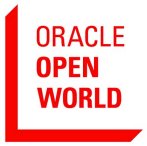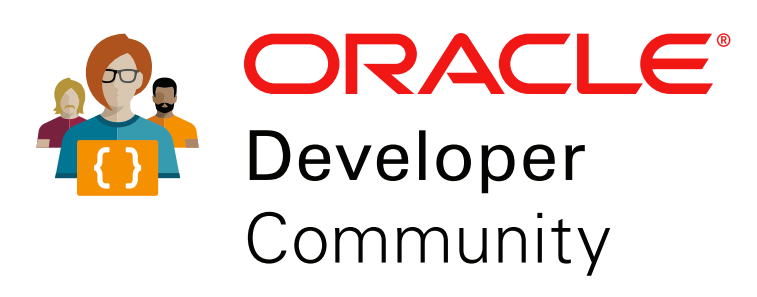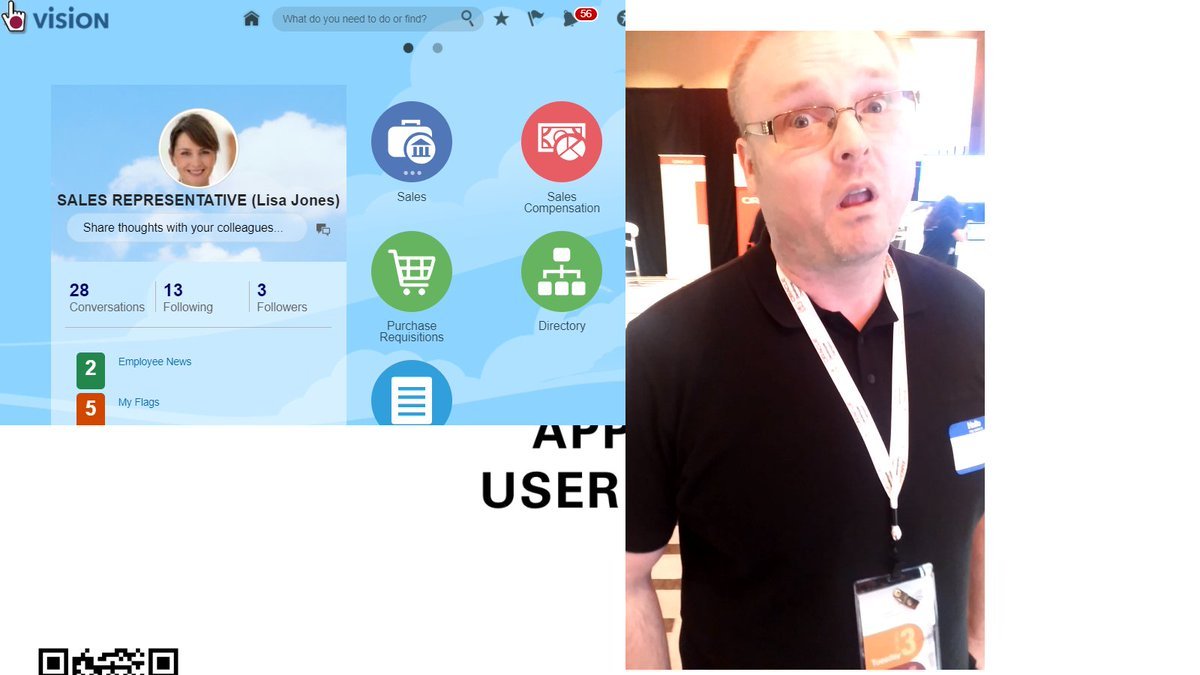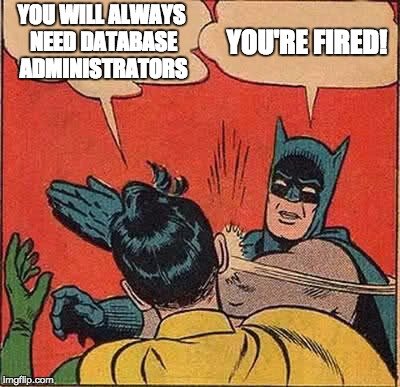 A couple of days ago I got an email from Oracle giving feedback about my session at Oracle OpenWorld 2017. I finally got round to checking it today.
A couple of days ago I got an email from Oracle giving feedback about my session at Oracle OpenWorld 2017. I finally got round to checking it today.
I did a double-take at first as most of the feedback results I’ve seen before have been out of 5 or 6. I may be wrong, but I think this is the first time I’ve seen the feedback scored with a maximum score of 3. Here’s what it said…
Survey Results
The count and average of your survey score is shown below (scale of 1 to 3, with 3 being the highest). Comments that were provided as part of the service are shown in aggregration (separated by a semi-colon).Overall Rating
2.94Number of Respondents
35Comments
Very intriguing ideas.; Great and entertaining presenter.
I’m very pleased with that. Thanks to the people who left feedback and the two that wrote something. I like the thought of having intriguing ideas, but I suspect the “entertaining” bit was when I nearly fell through the stage a couple of times because I’m so fat. 🙂
The first four articles I wrote when I got back from OOW17 were inspired by the event.
- Oracle REST Data Services (ORDS) : Open API 2.0 (Swagger) Support : Because of a conversation with Jeff Smith.
- Oracle REST Data Services (ORDS) : HTTP Headers (OWA_UTIL) and ORDS-Specific Bind Variables : This was to answer a question I was asked at the end of my session. I gave the right answer, but it would have been nice if this article already existed, as it would have been much easier to show the link.
- Oracle REST Data Services (ORDS) : Including Hyperlinks in JSON Output : This was something that was mentioned in passing in a session by Colm Divilly that I had never heard. Beneath this glassy surface, a world of gliding monsters! 🙂
- DBMS_COMPARISON : This was because of my sister-in-law Maria Colgan. It was almost like getting “told off”, but not quite. 🙂
I still have 3 more OOW17 inspired articles to come, but some other stuff that has jumped the queue because I need it for work. The work stuff will hopefully result in a series of articles, provided they are good enough to publish without making me look like a fool. If not, it will just look like I’ve not been writing/blogging for a while. I’m sure the world will cope… 🙂
Cheers
Tim…
 Here is my entry for the Oracle Developer Community
Here is my entry for the Oracle Developer Community 

 I signed up to a hands-on lab for the Autonomous Data Warehouse Cloud Service. These are the notes I took during the lab. They are a little scrappy, but I think you will get the idea…
I signed up to a hands-on lab for the Autonomous Data Warehouse Cloud Service. These are the notes I took during the lab. They are a little scrappy, but I think you will get the idea…
